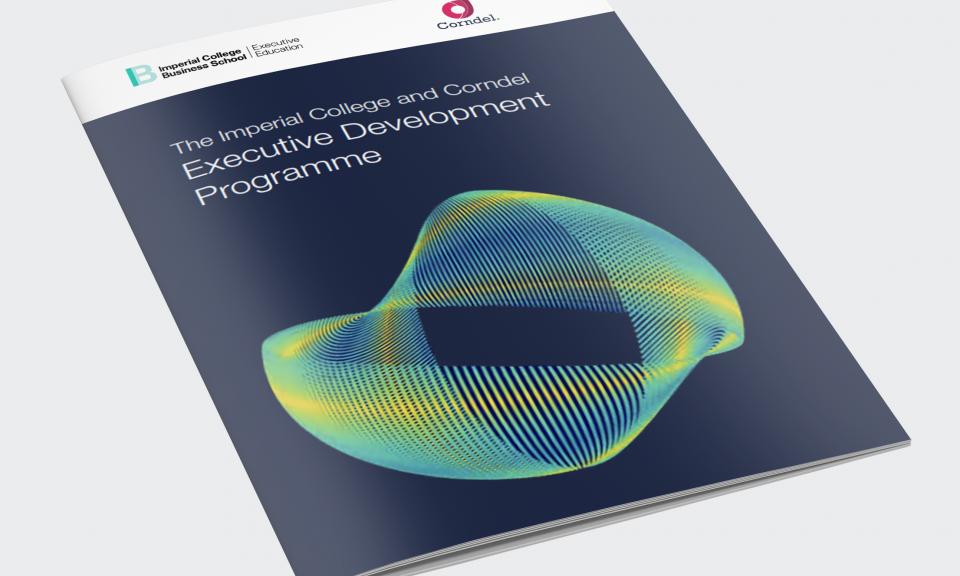In order to learn about what’s happened with testing and assessment in Norway in recent years, we had a conversation with Sverre Tveit. Tveit is a Ph.D. candidate at the Department of Education at the University of Oslo. He will join the University of Agder in southern Norway as University Lecturer in August. In addition to his comparative research related to assessment policy, Tveit has also worked on education and assessment issues at the municipal level (the equivalent of the district level in the US) and was a board member of the Norwegian School Student Union (which organized protests against the initial implementation of the national tests in 2005). He talked with us about how the national tests seem to have been integrated into the Norwegian education system but also pointed to the ways in which local and national politics reflect continuing debates over issues and tensions of testing, assessment, and accountability.
In Norway over the past fifteen years, as in many other countries, there have been numerous debates over the extent to which tests should be used for accountability and/or diagnostic purposes. The “shock” of the 2001 PISA results sparked a reform of the entire primary and secondary education system that included new testing and accountability policies developed by the right-wing government and endorsed by a unanimous parliament. However, as Tveit portrays in “Educational Assessment in Norway,” in 2004-2005 protests erupted against the right-wing government’s plans to publish schools’ test results, open up more non-public schools and facilitate more school choice. Those protests died down as a more left-wing coalition government went ahead with the implementation of national tests, yet with more emphasis put on formative and diagnostic purposes. Since that time, students in Norway have regularly taken national tests in the fall of 5th and 8th grade in reading, numeracy, and English instead of at the conclusion of 4th and 7th grade (as was originally proposed). Part of the reason for changing the timing of the tests was to shift the focus from ensuring that students have reached proficiency by the end of middle and lower secondary school, to providing teachers and schools with information they can use to inform their instruction moving forward.
While the tests themselves no longer seem to be as controversial, there are still concerns from educators that the tests do not yield the kind of specific information that can help them improve instruction. As Tveit explained “if you talk to teachers, many complain that the testing takes time that could have been used better for working with students.” On the other hand, he pointed out, many others feel that the tests have become a crucial part of the government’s effort to improve the quality of education across schools. These tensions between the use of the tests for governing and accountability purposes versus formative and diagnostic purposes are central in Tveit’s investigation of how policymakers’ rationalize and legitimate the national tests. He has found, for example, that policymakers’ efforts to satisfy the demands of both those who want to use tests for accountability purposes and those who want to use the tests for formative purposes lead to methodological compromises that can be problematic. To shed some light on these debates, an ongoing research project Practices of Data Use in Education (PraDa) looks specifically at how teachers and schools in different municipalities are using the data from the national tests, the lower secondary school graduation exams, and other sources.
The use of test data for ranking was also a matter of considerable controversy initially. The right-wing government that implemented the testing program envisioned the tests as a source for rankings and comparisons among schools that could spur school choice. But when the tests were introduced, the more left-wing coalition that took over the government discouraged the production of rankings and “league tables” that might be used to “name and shame” poorly performing schools. The current government’s recent move to make schools’ tests results more widely available through a “user-friendly” online format has generated relatively little public discussion. The compromise makes it possible to see how an individual school compares to municipal and national averages, although schools cannot be ranked or compared directly.
Different perspectives on testing and assessment are also reflected at the local level. In fact, even though there have been limits on the use of testing at the national level, the municipality of Oslo, led up until recently by a more right-wing local government, has developed an elaborate system of annual tests that includes tests at a number of different subjects and ages in primary school. Ironically, however, while the right-wing government that is now in place at the national level could pilot the use of grading in primary schools, Oslo, which would have been a logical place for such pilots has now elected a more left-wing government. The new Oslo government seems more likely to curtail any expansion or use of testing than it is to participate in such a pilot.
Looking ahead, a committee created to help imagine Norway’s “schools of tomorrow” has proposed that Norwegian schools, teachers, and students need the freedom to go deeper into some content areas rather than being required to cover a wide range of topics. Similar to recent changes proposed for the Core Curriculum in Finland, the report also encourages a shift to a more interdisciplinary curriculum. Of course, such shifts would have important implications for testing and assessment as well. Exactly what will come of the report and exactly how much interest there is in Norway for another set of reforms, however, remains to be seen.
[Source:- internationalednews]















